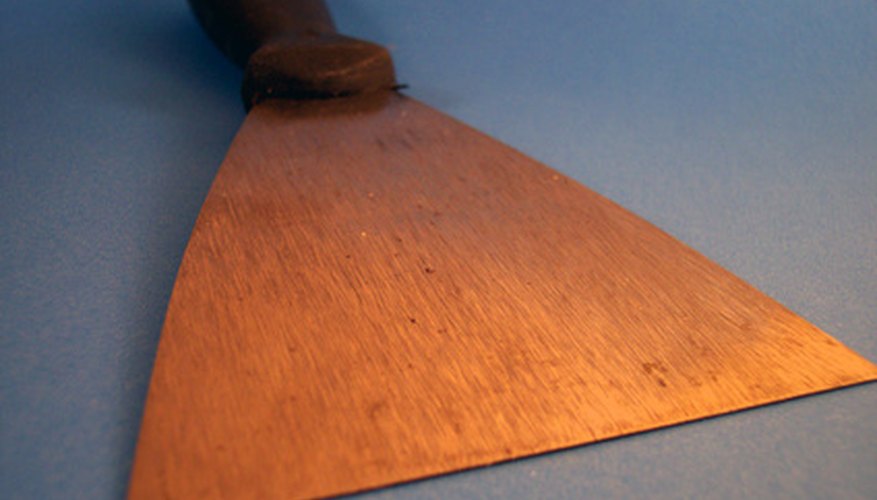Acrylonitrile butadiene styrene (ABS) plastic is used to make moulded, relatively light products. It's used to create everything from plastic piping and automotive body parts to musical instruments and certain types of golf club heads. If you need to remove paint from ABS plastic, you're pretty fortunate. ABS plastic is hard and nonporous, making it an extremely unsuitable surface for paint adhesion. Still, before you attempt to remove paint from ABS plastic, you'll need to apply a lubricant or you may end up damaging the surface you are trying to salvage.
- Acrylonitrile butadiene styrene (ABS) plastic is used to make moulded, relatively light products.
- Still, before you attempt to remove paint from ABS plastic, you'll need to apply a lubricant or you may end up damaging the surface you are trying to salvage.
Apply a few drops of olive oil to a rag and rub it on the paint on the ABS plastic. Massage the olive oil into the paint, moving in a circular, clockwise motion.
Lay the plastic on a flat, hard surface. Scrape away the paint using a plastic putty knife. Use a rag as a buffer between the putty knife and the ABS plastic to prevent unintentional abrasions to the surface. Move on to Step 3 only if any paint remains on the plastic.
Dampen a rag with white spirit. Wipe away the paint from the ABS plastic using the damp rag. Work the paint free by rubbing in a circular, clockwise motion.
- Lay the plastic on a flat, hard surface.
- Wipe away the paint from the ABS plastic using the damp rag.
Dry the ABS plastic using a clean, dry cloth. Do not leave white spirit on the ABS surface longer than 20 seconds.
WARNING
White spirit can potentially harm ABS plastic if they are left on too long. Never leave white spirit on the surface longer than 20 seconds as this may cause the plastic to fade or warp. Do not use a harsh chemical cleaner on ABS plastic as this may permanently damage it. Never use a metallic putty knife in place of a plastic knife, as this will almost certainly scar the ABS plastic.
